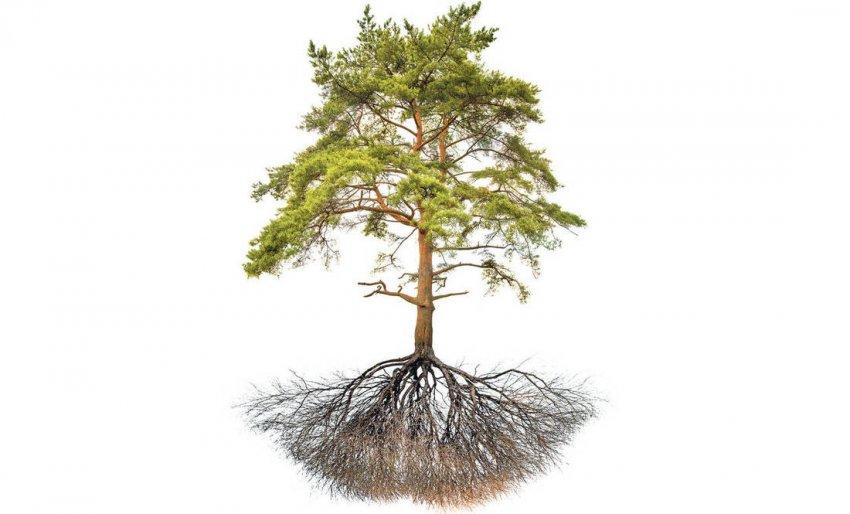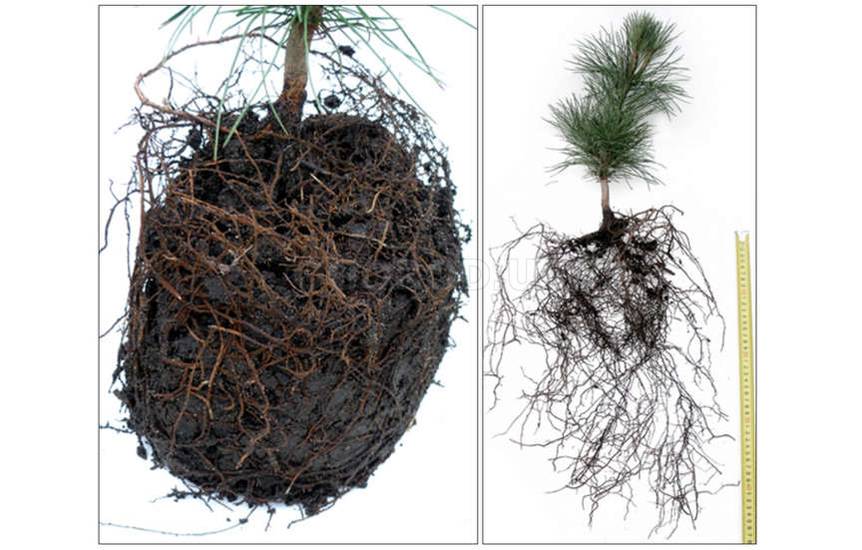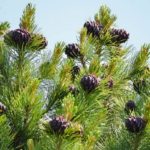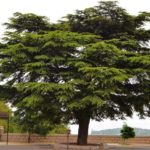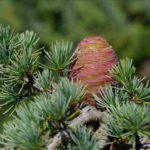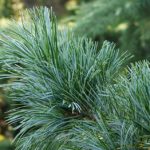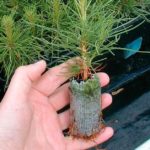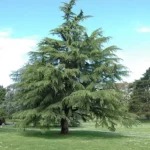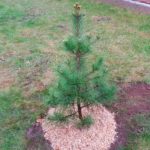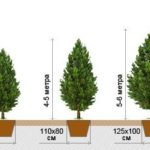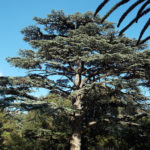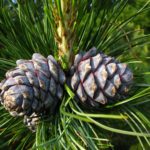The cedar root system is characterized by many features. This plant includes a short root in the form of a rod, from which lateral shoots extend in different directions. At their tips there are small root hairs. In these areas, mycorrhiza is formed, which is also called a fungal root. If the tree grows in well-drained soil, strong anchor roots appear on the taproot. They are able to penetrate 2-3 meters into the soil structure.
Appearance of roots
To successfully grow Siberian cedar, it is important to become familiar with the structure of the root system, since the care of the plant and the use of certain agricultural techniques depend on this.
If we compare the plant with Scots pine, the roots of cedar are more superficial. They are located in the upper layers of the soil and deepen to a maximum of 20 centimeters.
Underground
The cedar root system has a simple pattern. Its structure includes a small taproot, from which lateral processes extend in different directions. There are small root hairs at their ends. They represent the raw material for the formation of mycorrhiza. This term refers to a fungal root, which consists of a combination of fungi and crop roots.
Due to the presence of fungi on the roots, the perennial plant is saturated with nutrients. In addition, the area of soil recharge of cedar increases significantly. At the same time, the pine supplies the fungus with sugars and minerals that are necessary for its normal functioning.
It is worth considering that plants that have well-developed mycorrhiza on their roots are distinguished by powerful development, have a lush crown and strong immunity. When planting a crop in light soil, which is permeable to air and moisture, the short tap root is overgrown with strong anchor roots. They are directed into deep earth structures and can be up to 2-3 meters long.
The shoots of the roots firmly cling to stones and easily penetrate into the cracks of the rocks, being well fixed there.If cedar grows in too dense and hard soil, after some time the surface roots begin to die. This entails a slowdown in crop growth and a decrease in its yield parameters. In addition, the decorative characteristics of the plant deteriorate.
At the same time, in areas where a lot of natural litter from fallen leaves or pine needles accumulates, cedar roots form many new adventitious roots. They stimulate the growth and development of the tree, making it stable and productive.
Outside
The main part of the root shoots of the crop is located in the upper layer of soil. They go deeper by a maximum of 20 centimeters. During the development of young crops, active growth of adventitious roots and the main stem is observed.
If the tree is in rocky soil and grows in an area where a cold climate prevails, it may show roots on the outside. They firmly grip rocks or stones, which makes the perennial crop more stable. Thanks to the presence of surface roots, the plant is able to develop even in cold peat soil.
Features of growth and development
The roots of Siberian cedar are considered aerobic. This means that it requires well-drained soil for its normal development. It is important that it is light and contains sufficient nutrients.
Young seedlings are distinguished by superficial roots, which are presented in the form of horizontally located roots. They are localized 10-20 centimeters from the surface of the earth. After some time, the formation of a tap root is observed, which has many lateral branches. They contain a fungus root.It is worth considering that the absence of mycorrhiza on the roots provokes the withering of the tree and leads to its premature death.
Adventitious roots are present in small quantities. The development of the main tap root occurs in the first 20-30 years. As a rule, it does not go deeper into the ground than 80 centimeters. By the age of 40, the root system is fully formed. It acquires characteristics that are inherent in the culture being described.
Subsequently, the roots only become thicker and longer. The intensity of growth of the root system in trees over 40 years old largely depends on environmental conditions and the presence of other plantings near the tree. So, on a forest edge, where there are no large trees nearby, the roots will be 5-6 times larger than those of plants living in the thicket.
When cedar develops in moist soil, which contains many nutrients, is breathable and has a light mechanical composition, strong anchor-type root shoots are formed. They increase resistance to wind and heavy precipitation. If a plant develops in the mountains, instead of anchor roots it has surface roots. They help the tree to gain a foothold on slopes and rocky areas.
Root system size
What dimensions does the cedar root system have? This culture is characterized by slow development. The fact is that its growing season is considered quite short and does not exceed 40-45 days. Active root formation is observed during the first 20-30 years. This period of time is required for the active development of the tap root. Subsequently, the growth of the root system depends on the growing conditions and locality. The presence of neighbors nearby is also important.
After 40 years, cedar develops more slowly.At the same time, its roots, which have already formed by the age of 30, become longer and thicker. This process depends on other crops that are nearby.
Cedars growing alone have roots that cover the entire area. In this case, the system extends far beyond the boundaries of the crown. In such a situation, up to 11 tiers of root branching are observed. In plants that are located next to other trees, shoots predominate in the structure of the root system. At the same time, most of them go deep into the soil. Only some of these fragments grow in the intervals between the crowns. In this case, the number of branching orders is no more than 5-6.
In areas characterized by low temperatures, cedar has well-branched roots. They are located near the surface of the earth.
In addition, the size of the roots is determined by the type of plant. Currently, there are many artificially obtained varieties of cedars, which are conventionally divided into the following varieties:
- tall;
- short;
- low-growing decorative.
It is important to consider that the larger the size of the crop, the larger the roots it will have.
Siberian cedar is an attractive coniferous crop that has become widespread in the Urals and Siberia. In order for a plant to develop normally and fully, it must have a strong root system that adapts to specific growth conditions. When there is a lack of moisture and high soil density, the plant develops surface shoots. If cedar develops in light soil, it has a powerful system with a main core and anchor roots.

